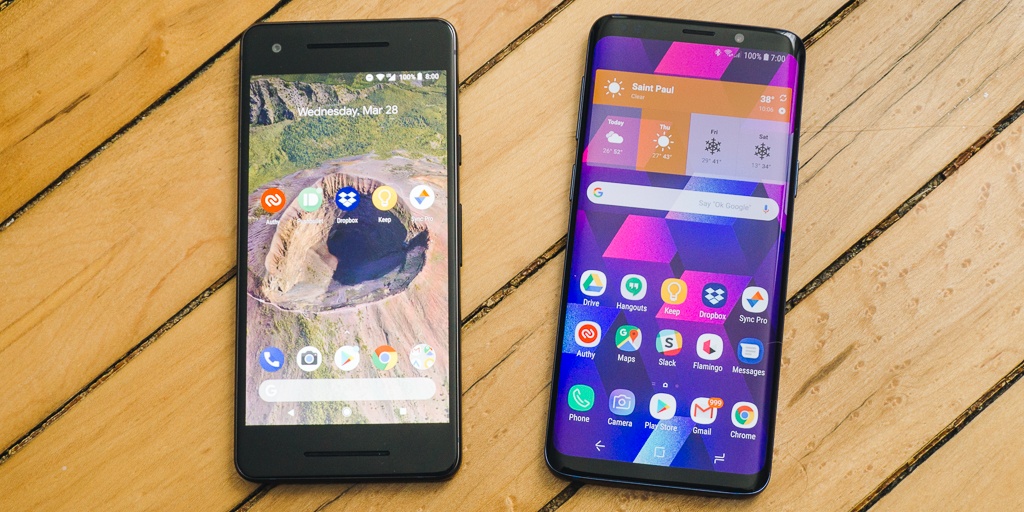Today’s technology gives consumers a lot of freedom in choosing what device they want.
It’s ideal to first consider the features of a smartphone rather than its appearance. Though the latter is also important to many, considering the features first will make your purchase more worth it.
Smartphones in the market generally use one of two operating systems — iOS (for Apple products) and Android (for Samsung, Huawei, LG, etc.). Stores that sell iPhone and Android devices have their own opinions on which the better option is.
The iPhone
Apple’s iPhone runs on their own operating system, the iOS. New models are released annually.
The Pros:
- Great security – Apple encrypts your iPhone so hackers can’t steal your information. It also offers locked-down and curated App store features.
- Excellent performance – You get what you pay for. iPhones are not cheap but they are worth your money.
- Retains value – If you plan to sell your old iPhone to get a new one, you can be certain that the value of the old model will still be a bit higher than other top Android smartphones.
- Previous models can be updated – Old iPhones can freely download the latest iOS software updates.
- Quick software update – Apple controls its entire iPhone network. That’s why it can deliver software updates faster. Security issues can also be fixed immediately.
The Cons:
- Expensive – High-tech features come with a high price.
- Less customization options – If you like modifying your device, you may get a bit frustrated with iPhones.
- Fewer models to choose from – Apple’s variety of iPhone models doesn’t match the wide selection of Android smartphones.
Android Devices
Android is the operating system developed by Google. Most manufacturers use this open-source operating system on their mobile devices.
The Pros:
- Cheaper – Mobile devices using Android are usually less expensive compared to iOS-powered devices.
- Has expandable storage – Android phones usually have expandable storage. Buy a MicroSD card and you’ll be able to store more files.
- Wide selection when it comes to appearance – There are a lot of available Android smartphones out there that come in different shapes and sizes.
- Customizable – Most Android smartphones give its users the license to control the overall look of the device.
The Cons:
- Slow software update – Takes longer than iPhone software updates. Newly released versions still has to get approval from user’s network carrier.
- Old models get unsupported quickly – Previous models don’t get any more software updates. This means missing out on the latest features and being more prone to security risks.
- Higher risk of malware – Downloading apps from anywhere makes your device more prone to malware and other security risks.
So what’s best for me?
Different people need different features.
If you’re someone who’s top priority would be a phone’s security features, then the iPhone is your best choice. On the other hand, if you like customizing your device’s overall look and are on a limited budget, choose an Android smartphone.
It’s really up to you to decide what the best smartphone is for you. Research about the features and think about what suits your work and overall lifestyle.










